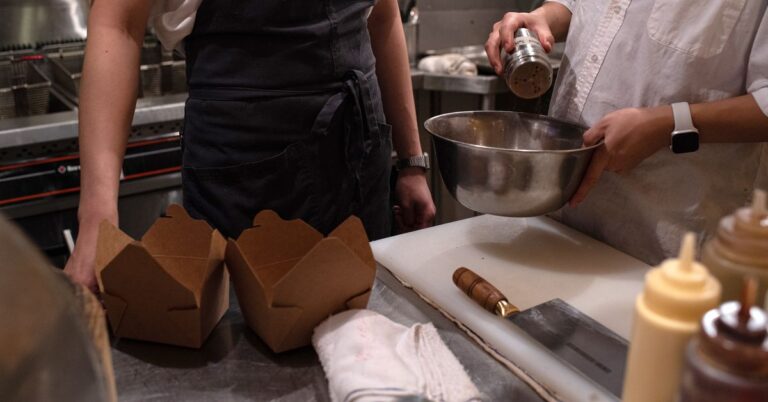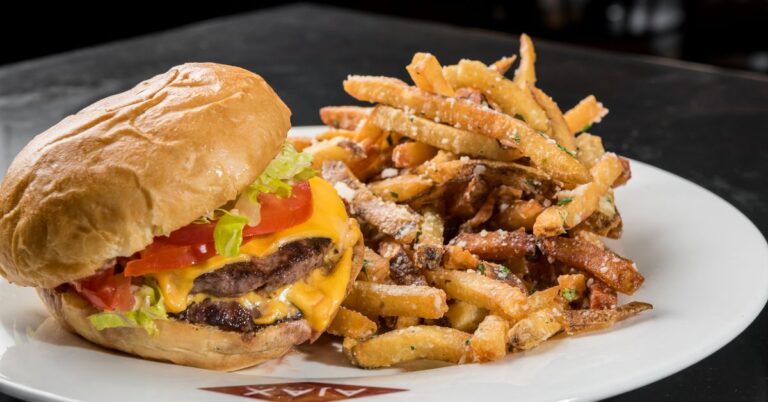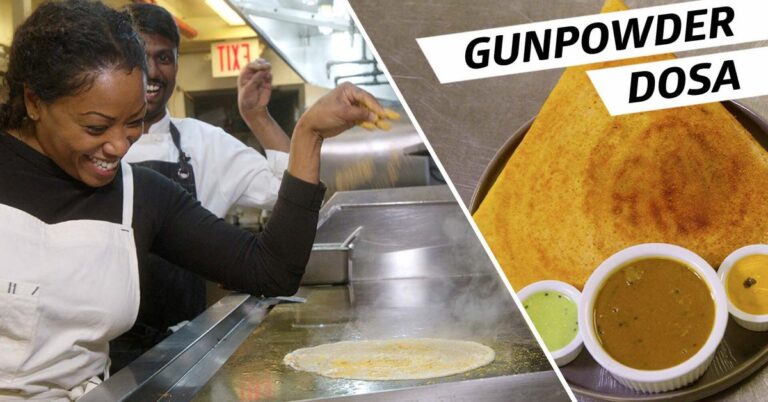Why You Should Fry Your Kimchi
This post originally appeared in the November 1, 2021 edition of The Move, a place for Eater’s editors and writers to reveal their recommendations and pro dining tips — sometimes thoughtful, sometimes weird, but always someone’s go-to move. Subscribe now.
Having grown up on a heavily Korean diet, I find myself naturally gravitating toward the briny, spicy, pungent, and savory when it comes to flavor profiles. No matter what dinner is — noodles, rice, even pizza — I always need something punchy on hand, like kimchi, to complete my meal. There inevitably comes a point, though, when kimchi goes from pleasantly fermented to mouth-puckeringly sour (definitely still edible but not quite as enjoyable). When I find my kimchi approaching peak ripeness, I’ve learned the best way to give it new life is to fry it up.
Cooking kimchi isn’t a new concept, but it’s an underrated one, in my opinion. The method (if you can even call it that) is as simple as it gets: Drain the kimchi juice, chop up any large pieces, lightly coat a nonstick pan with oil or butter, and fry the kimchi for 5 to 7 minutes over high heat, stirring occasionally. Eventually, any residual liquid evaporates and the kimchi looks reduced and a bit dried out; along with this visual cue, your kitchen will also begin to smell gloriously savory. The result is concentrated, slightly softened kimchi that still packs a punch but in a less biting, acidic way — I think of the flavor as mellowed out but also sealed in.
Once you’ve pan-fried some kimchi — perhaps the jar you bought weeks ago and forgot about in the deep recesses of your fridge — the sky’s the limit in terms of how you can use it. Cooked kimchi is commonly eaten with Korean meat (the zip cuts through fatty pork belly beautifully) or lightly boiled tofu (another delicious study in contrasts), but it can also work well in anything that needs a boost of acidity without the crunch and sourness of raw kimchi: a burger or hot dog topping, inside a grilled cheese or quesadilla, or simply mixed with rice, a drizzle of sesame oil, and torn seaweed. For an easy lunch, I’ve been frying kimchi with a handful of spinach until they cook down together, then piling it all on top of a well-toasted English muffin smeared with furikake and cream cheese. The savory, spicy, creamy combo is uniquely satisfying.
It’s amazing what heat and a few minutes on a pan can do — this simple trick transforms fermented cabbage into a deeply flavorful and versatile condiment I can add, warm or cold, to pretty much anything I eat. Based on how often I’ve been reaching for it, I’ve gotten smarter and started cooking my kimchi in batches; even then, I somehow end up working through it all by the end of the week. Although I’ll happily eat kimchi in any form, the pan-fried stuff takes it to the next level — and it requires next to no work, which is the kind of win-win situation I’m all about.
Joy Cho is a freelance writer, recipe developer, and pastry chef based in New York City.






